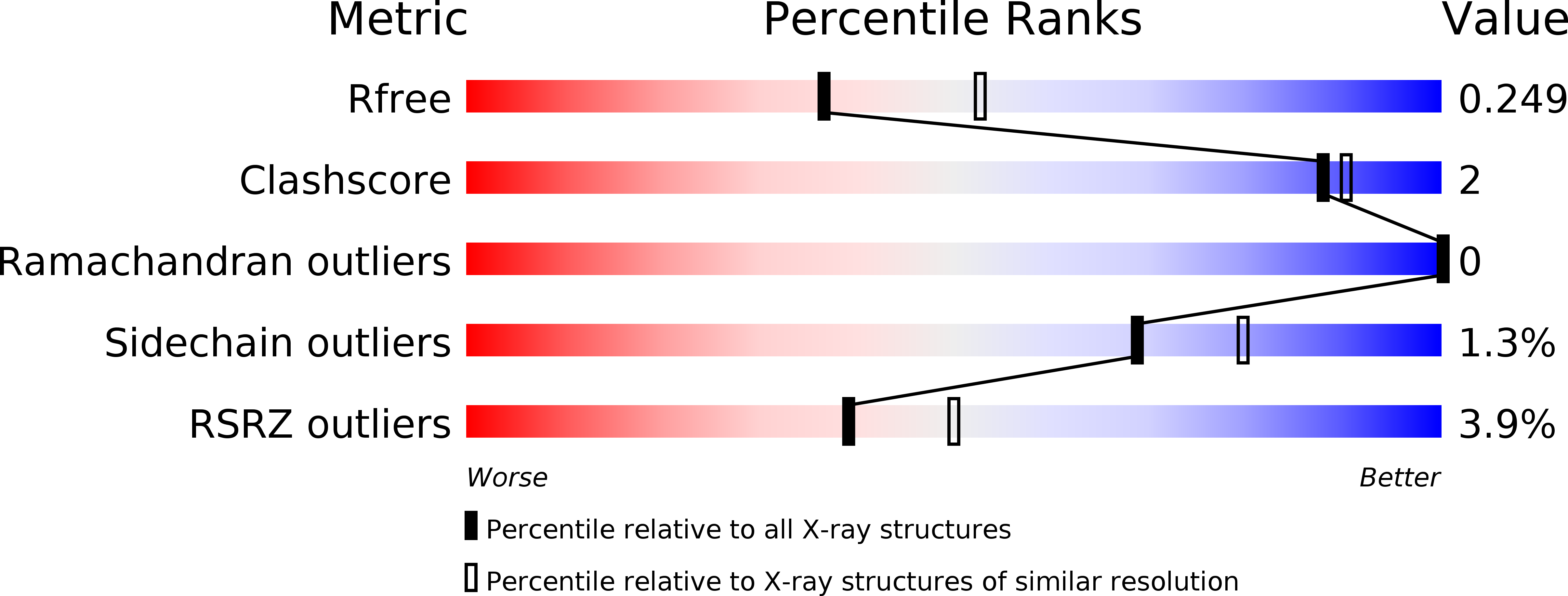
Deposition Date
2018-09-12
Release Date
2018-10-17
Last Version Date
2024-11-13
Entry Detail
PDB ID:
6HM5
Keywords:
Title:
Crystal structure of TOPBP1 BRCT0,1,2 in complex with a RAD9 phosphopeptide
Biological Source:
Source Organism:
Gallus gallus (Taxon ID: 9031)
Homo sapiens (Taxon ID: 9606)
Homo sapiens (Taxon ID: 9606)
Host Organism:
Method Details:
Experimental Method:
Resolution:
2.33 Å
R-Value Free:
0.24
R-Value Work:
0.20
R-Value Observed:
0.20
Space Group:
P 1 21 1


